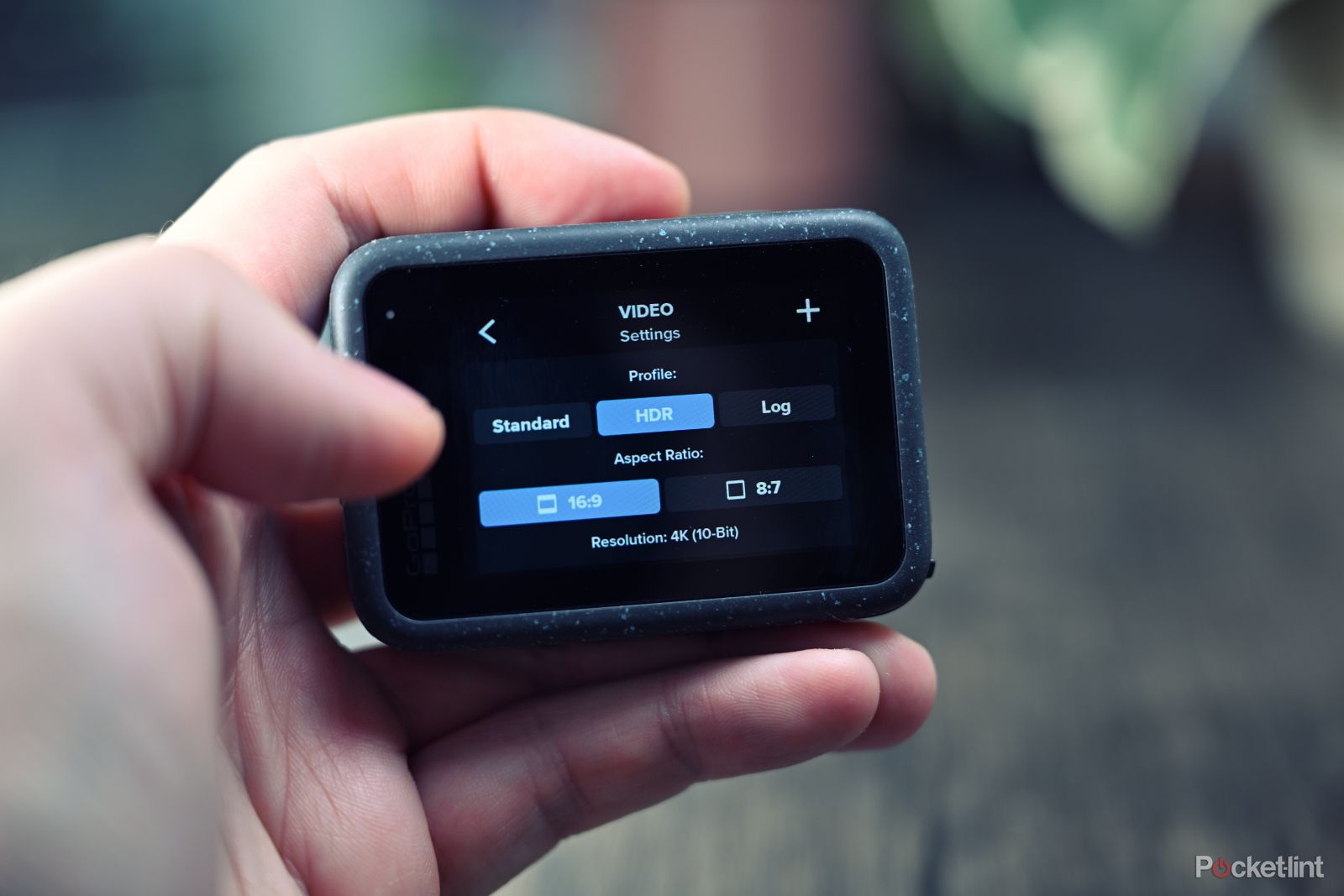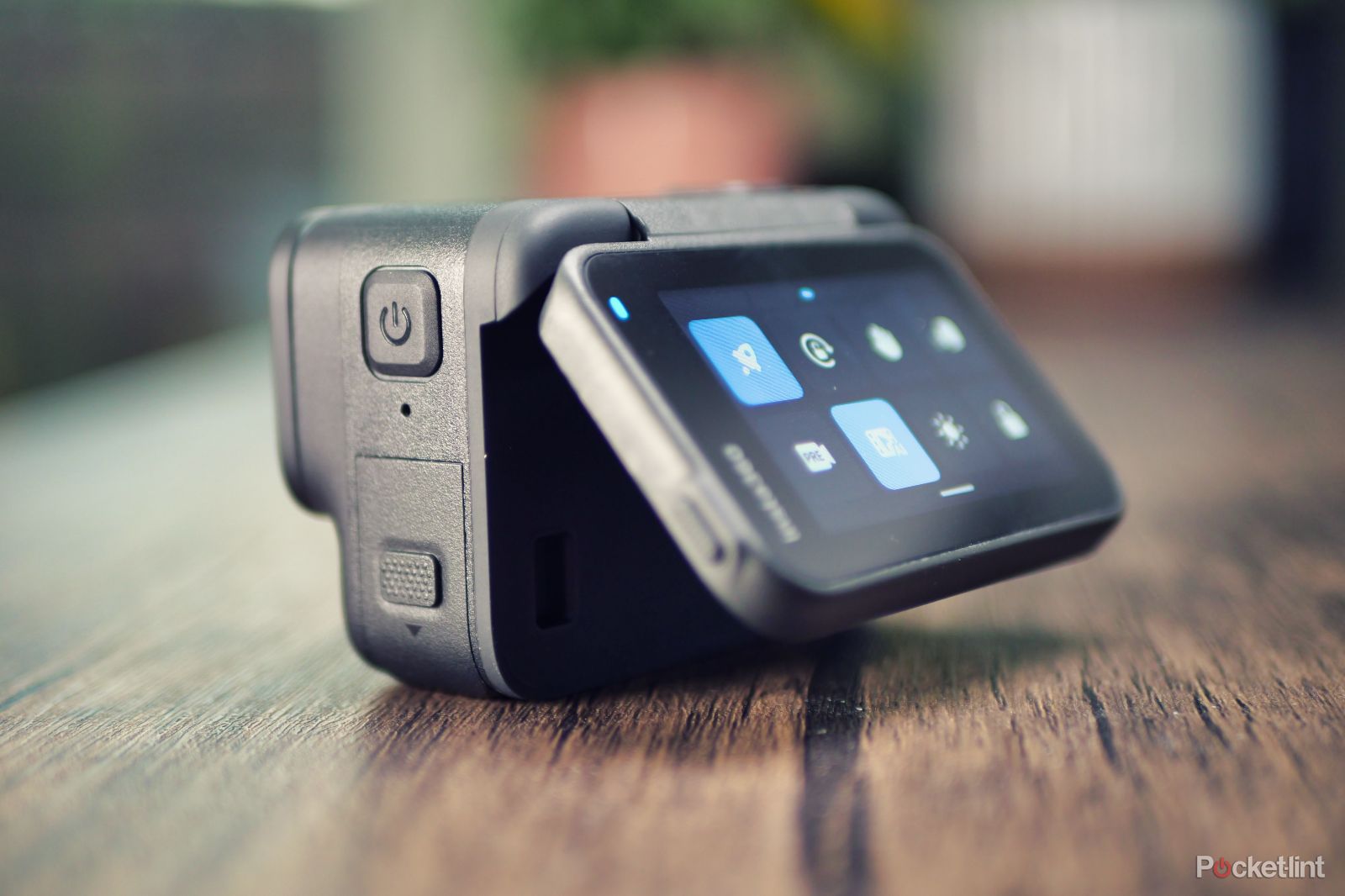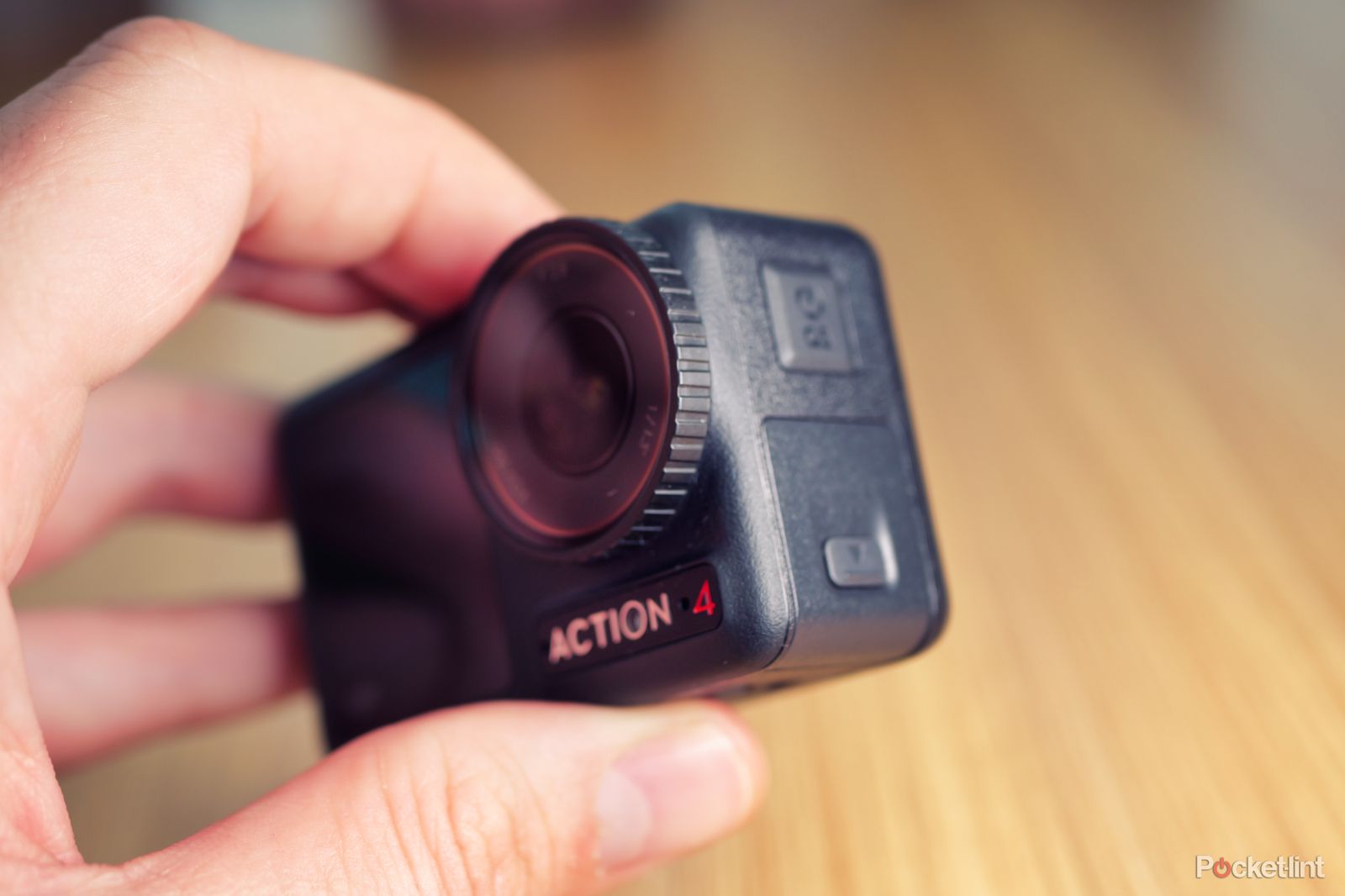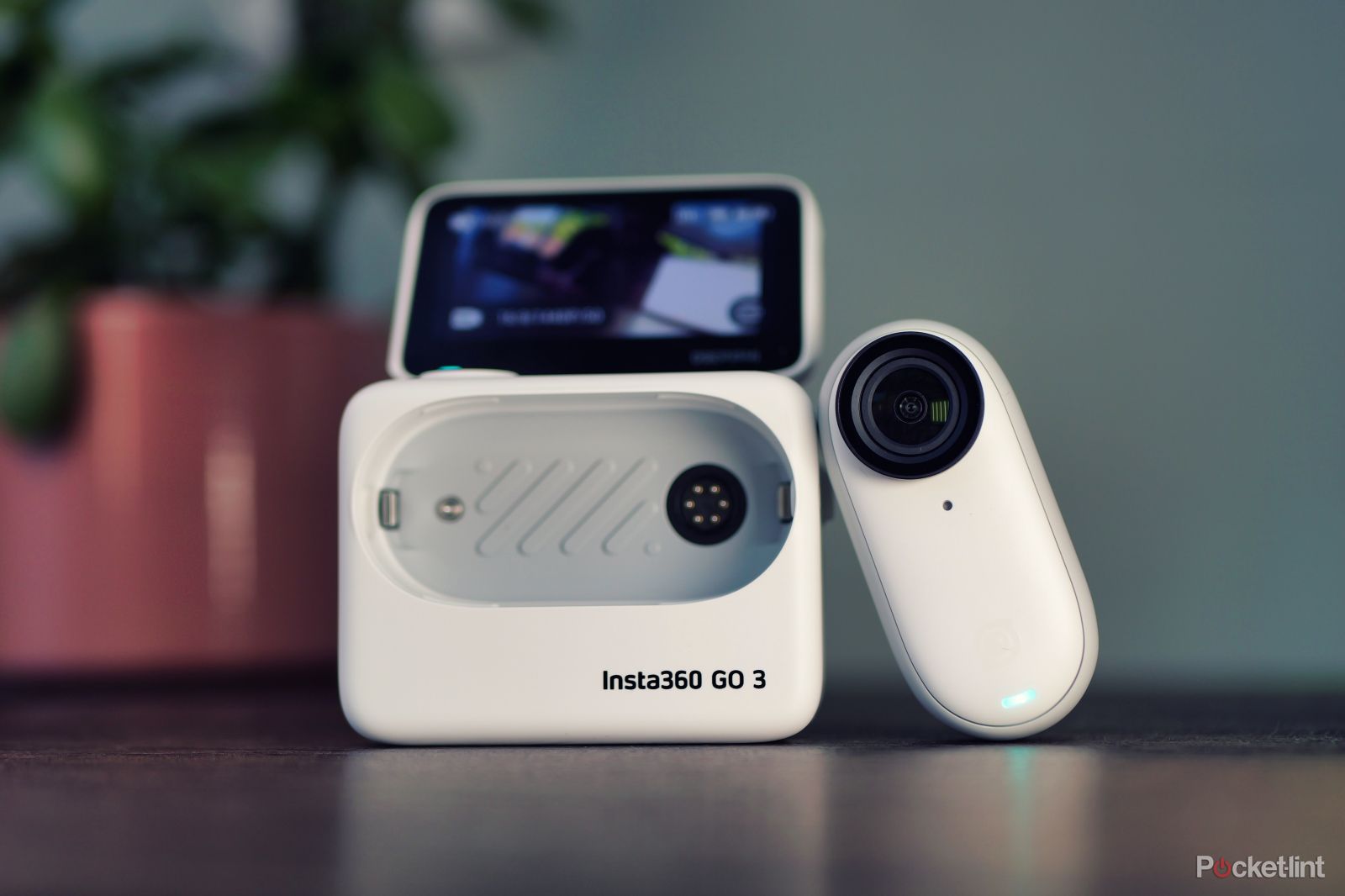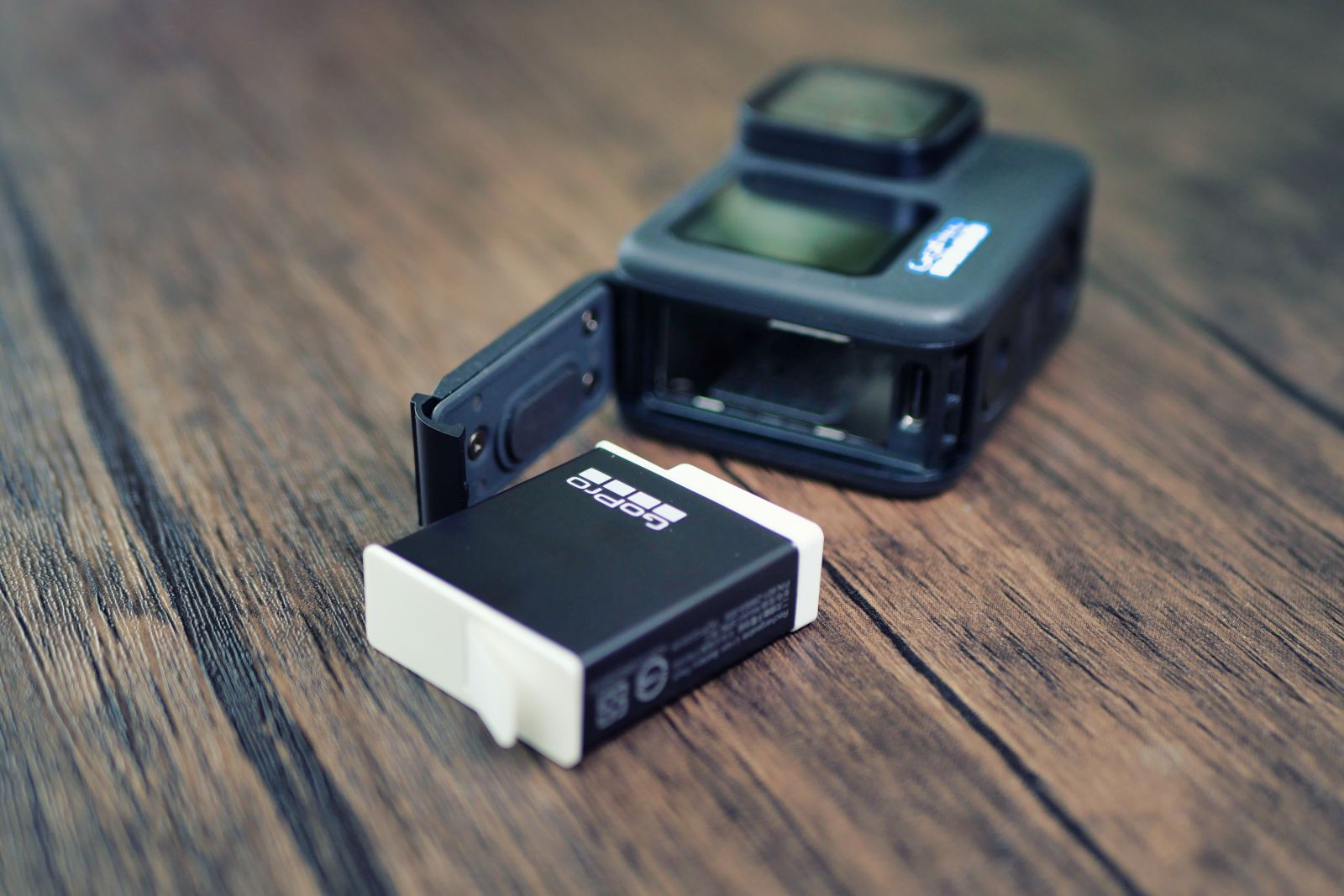Action cameras are an awesome invention, rugged enough to tackle the elements but small enough to slide into your pocket, with the ability to capture some extremely high-quality video. Whether you’re snowboarding, surfing, skydiving, or just taking a little hike on a drizzly winter day, an action camera is a great choice to capture those moments.
Best GoPro accessories: Top mounts, grips and accessories for your action camera
If you’ve picked up a GoPro, then your going to want to invest in some top accessories to complete the experience. Here are the best that we’ve found.
The good news is that these dinky devices are now more capable than ever before, with great image stabilization, high-resolution options and more mounting options than anyone can count. With all the choices available, it can get a bit overwhelming, so we’ve narrowed down what we believe to be the top picks for anyone buying an action camera. We’ve also got a section down below that explains some of the jargon and how best to find the right model just for you.
Best action cameras: Our top picks
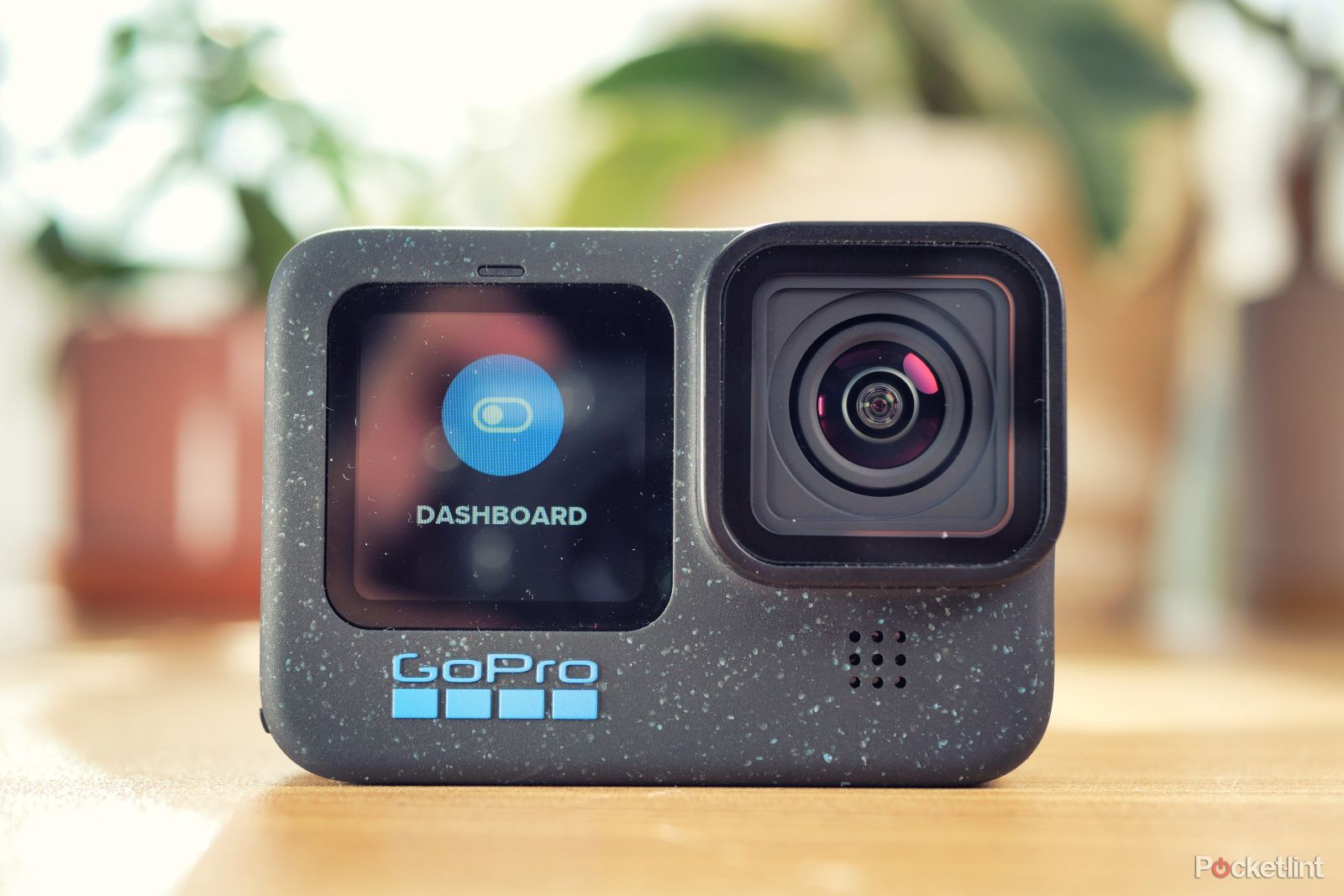
GoPro Hero 12 Black
1. Best action camera overall
Upgraded and intelligent
$349 $399 Save $50
GoPro’s latest action camera is all about refinement. It may not be vastly different from its predecessor, but every upgrade is smart, and it’s undoubtedly GoPro’s best camera yet.
- Mounts to tripods without an adapter
- Can record audio with Bluetooth mics/earbuds
- Longer battery life and better thermals
- Very similar to the Hero 11
- No onboard GPS
GoPro Hero 12 Black may not improve on the resolution and frame rate of the Hero 11 Black, but all the small changes with this model combine to offer the most polished and well-thought-out GoPro experience to date.
The first thing to note is that the battery life is significantly improved, and it stays cooler for longer. But there’s a lot more than just that. There’s a tripod thread built-in, the image stabilization is even better than before, there are pro-level features like Timecode Sync and GP Log, and you can even pair the Hero 12 with wireless Bluetooth microphones and earbuds.
Our favourite upgrade, though, has got to be the redesigned menu system. The Hero 12 Black is so much easier to navigate than its predecessors, which applies to both Pro and Easy settings modes. The only downside is that it has no onboard GPS, so if you like to use speedometer overlays, then you should stick with the Hero 11.
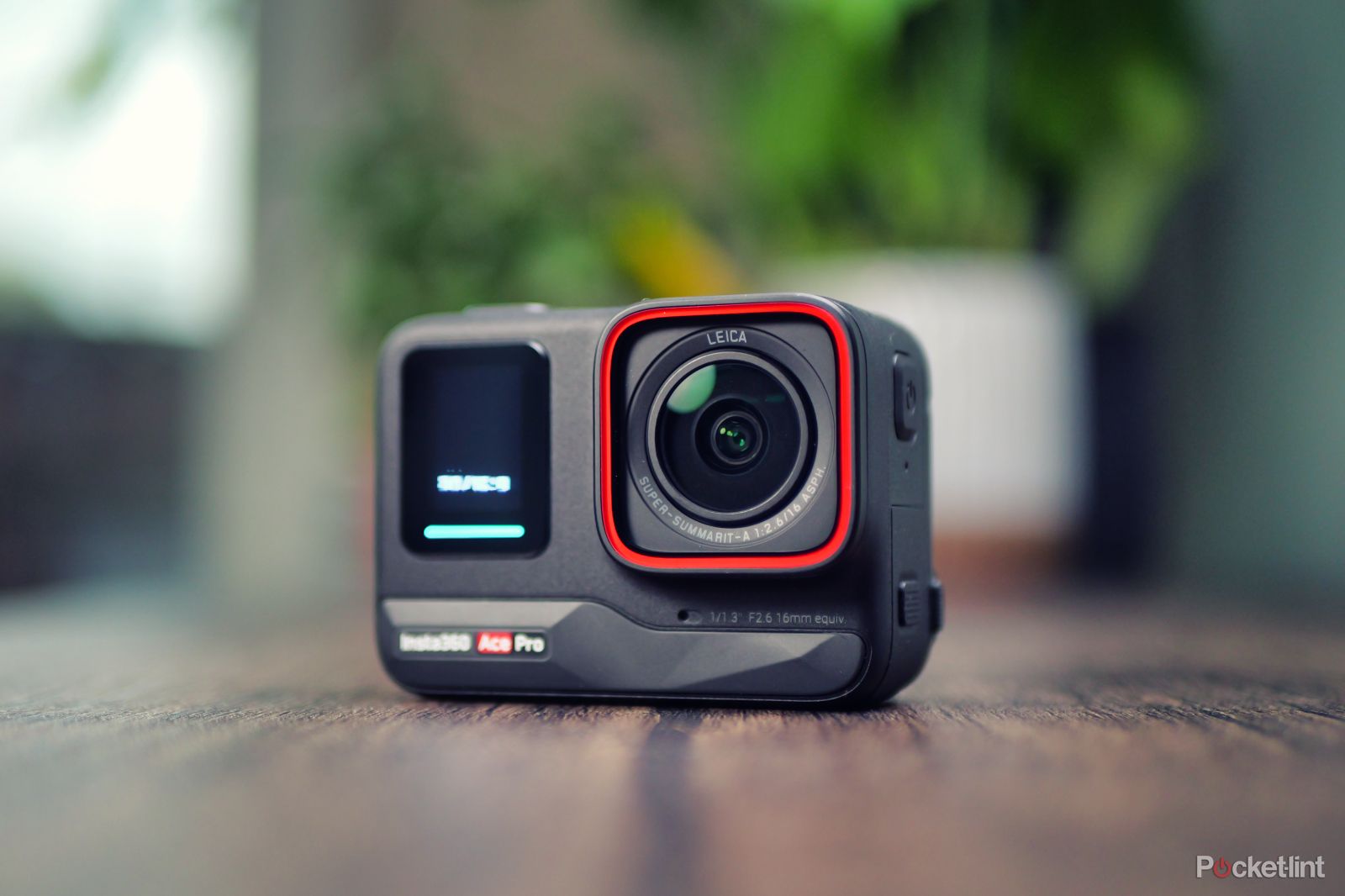
Insta360 Ace Pro
2. Best action camera for low-light
Excellent app and versatility
Insta360 joins the action camera market with an awe-inspiring debut, the Ace Pro. It has a large sensor and versatile flip-up screen.
- Truly unmatched low-light performance
- Handy flip-up screen
- The best app in the business
- The most expensive action camera on the market
- FOV not as wide as the Hero 12 or Action 4
Insta360 has been our go-to recommendation for 360 cameras for a long time now, but the brand had never really made one when it comes to traditional action cameras. There was the tiny Go 3 and the modular One RS, but never a straight-up GoPro-style camera.
That has changed with the introduction of the Ace Pro, which stormed onto the scene with impressive specifications like a large 1/1.3-inch sensor, a dedicated AI chip and a wonderfully versatile flip-up screen.
The Ace Pro captures the best low-light footage of any action camera that we’ve tested so far, using its clever AI de-noising and large sensor to create bright, sharp images with great dynamic range in even the most challenging lighting. It’s also the best for vlogging, as it has a large and convenient flip-up display and exposure metering that tracks your face.
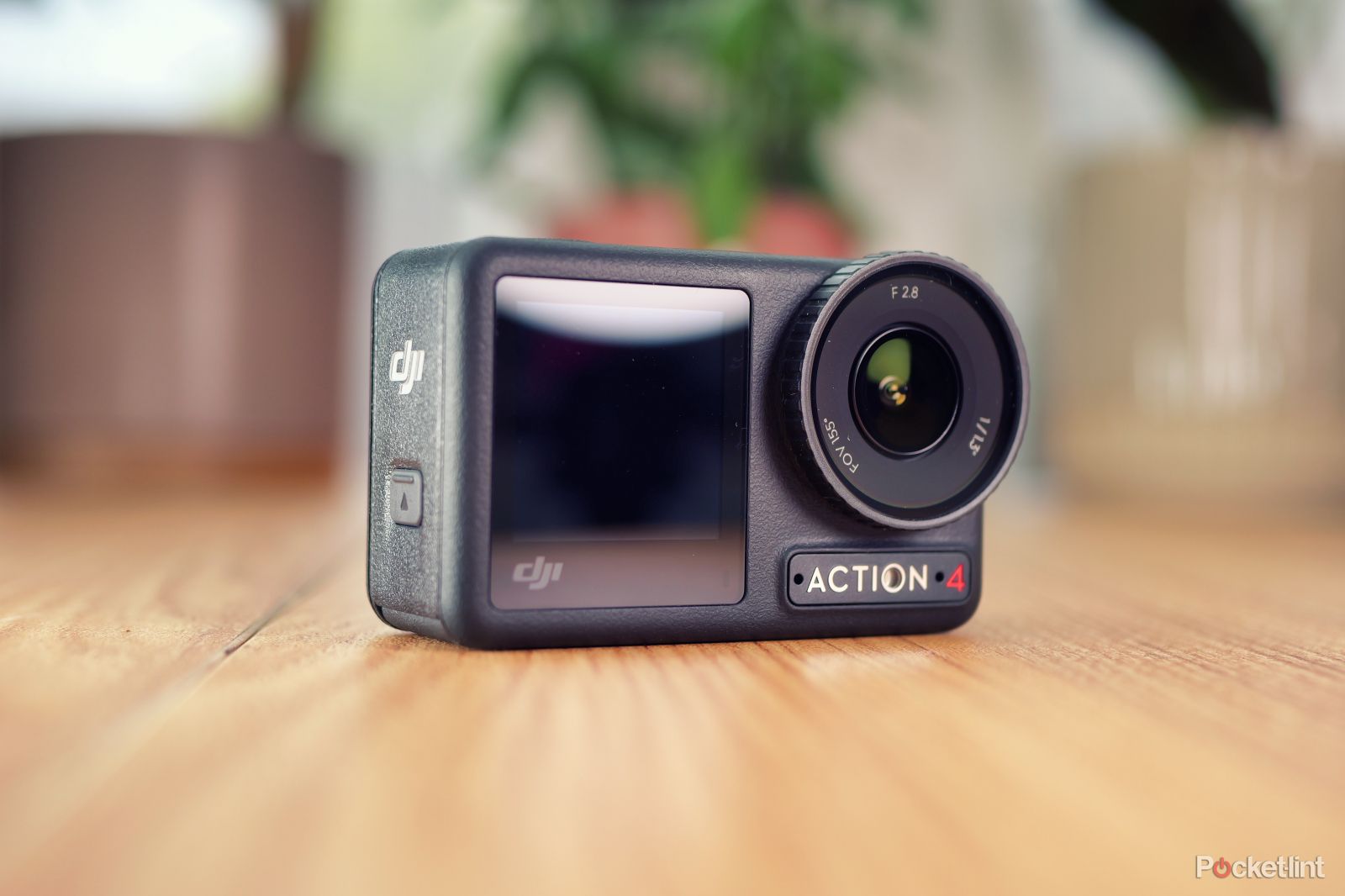
DJI Osmo Action 4
3. Best GoPro alternative
Sensor brings its A game
The latest DJI action camera packs a massive sensor, one of the largest available in an action camera today, making it a brilliant low-light performer.
- Superb low-light performance
- Brilliant front-facing touchscreen
- Awesome magnetic mounting system
- Very similar to its predecessor
- On the pricey side
The DJI Osmo Action 4 is a lot like the Osmo Action 3 that came before it, both in terms of looks and in its specifications. There’s one key difference, though, and that’s the fact that it has a massive 1/1.3-inch sensor inside.
This means that it performs better than most action cameras in dimly lit conditions and was unmatched until the Ace Pro came along. It’s another great option if you shoot at night a lot or primarily indoors, beating the GoPro’s performance by a good margin.
It can’t quite match the Hero 12 Black in daytime performance, nor is it as high resolution, but it also brings some quality-of-life improvements that give it the upper hand. There’s a very handy touchscreen on the front of the camera, making it so much easier to change settings when the camera is mounted on a helmet; plus, there’s a sturdy quick-release magnetic mounting system so that you can switch mounts in a flash.
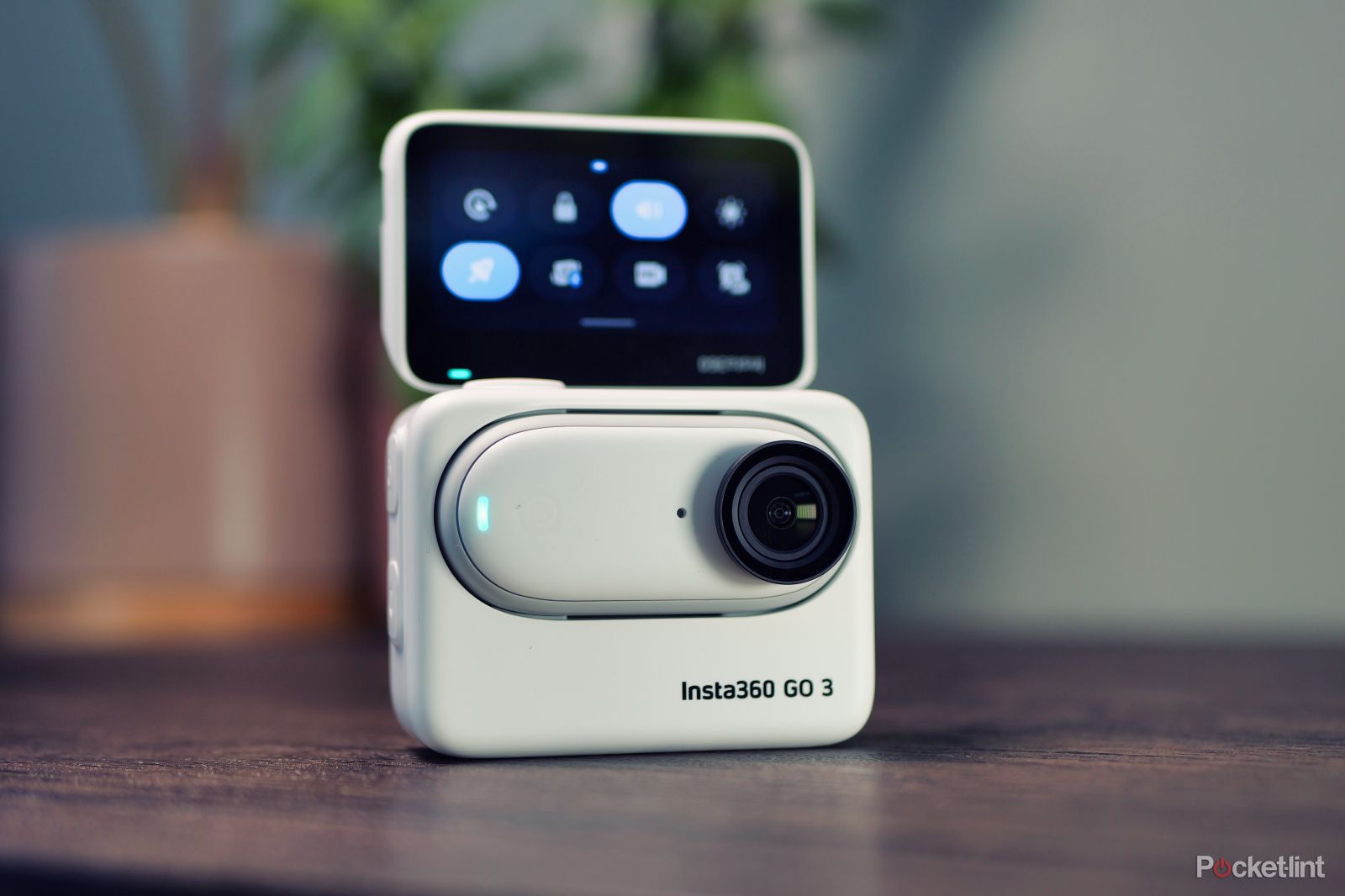
Insta360 Go 3
4. Best micro action camera
Pocket-friendly solution
Insta360’s third-generation Go camera is its best one yet; it’s easier to use, has higher resolution and has greatly improved battery life.
- Tiny and unobtrusive
- Remote monitoring with the Action Pod
- Excellent mounting options
- Quality can’t compare to larger cameras
- More expensive than its predecessor
We fell in love with the Go 2 when it was released in 2021, and now the Go 3 is here and even better. The Go 3 is a tiny pill-shaped action camera, and it can be mounted in places where even something as small as a GoPro is too large and heavy – we love using it with things like RC cars and tiny drones, but it’s great for squeezing into all manner of tiny spots.
The caveat is that such a tiny camera doesn’t have room for a large battery or a display, but Insta360 has solved these issues with the Action Pod. The Go 3 snaps into its Action Pod for charging, similar to how AirPods work with their charging case. When it’s mounted, you also get an articulating touchscreen display and a form factor that’s very similar to a GoPro.
The best part is that the Action Pod also works wirelessly, so you can use the display to frame your shots and change your settings, even while the Go 3 itself is mounted in a hard-to-reach location. It’s so much easier to use than the previous model, and the battery lasts much longer.
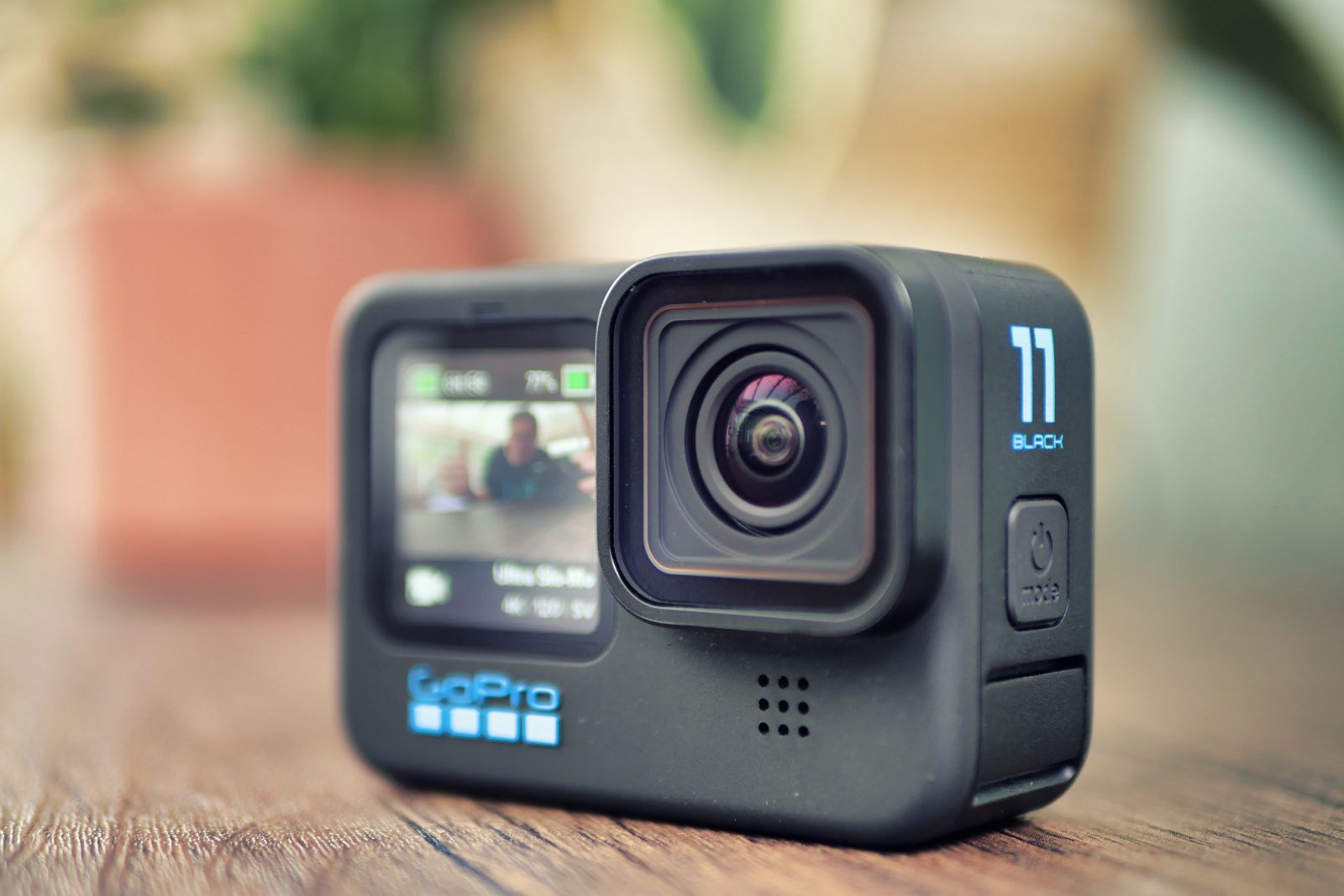
GoPro Hero 11 Black
5. Best value action camera
Our overall pick’s predecessor
$299 $349 Save $50
With its high bitrate recording, 10-bit colour and endless features, we think the Hero 11 Black is one of the best action cameras around – especially now it’s getting cheaper.
- Now excellent value
- 10-bit colour video capture with high bitrate
- Extremely wide HyperView digital lens
- Fairly bulky
- Misses out on some of the latest features
While it has succeeded by the Hero 12, the Hero 11 Black offers most of the same experience, plus onboard GPS, making it the right choice for many people. Plus, now that it can be found at discounted prices, it’s exceptionally good value.
It still shoots at up to a staggering 5.3K resolution at 60fps and even 4K at 120fps. It also uses the same 1/1.9-inch 8:7 sensor, allowing for amazing stabilization, 8:7 full-frame recording and the widest FOV you can get from a GoPro.
Pocket-lint
Basically, that means that the Hero 11 Black can deliver the same image quality as the 12; the main things you’ll lose out on are the slightly improved image stabilization, the GP Log profile and the ability to connect to Bluetooth mics/earbuds.
The bottom line: Best action camera
Competition is stiffer than ever in the action camera market, and the truth is, the Hero 12 Black, Ace Pro and Action 4 are all in very close competition for the top spot. The right camera for you will all depend on your specific needs, but we think most people want to use a GoPro to capture action sports like skiing and biking, usually in daylight. In that case, the GoPro Hero 12 Black offers the best outright image quality, even if its competition offers more convenience.
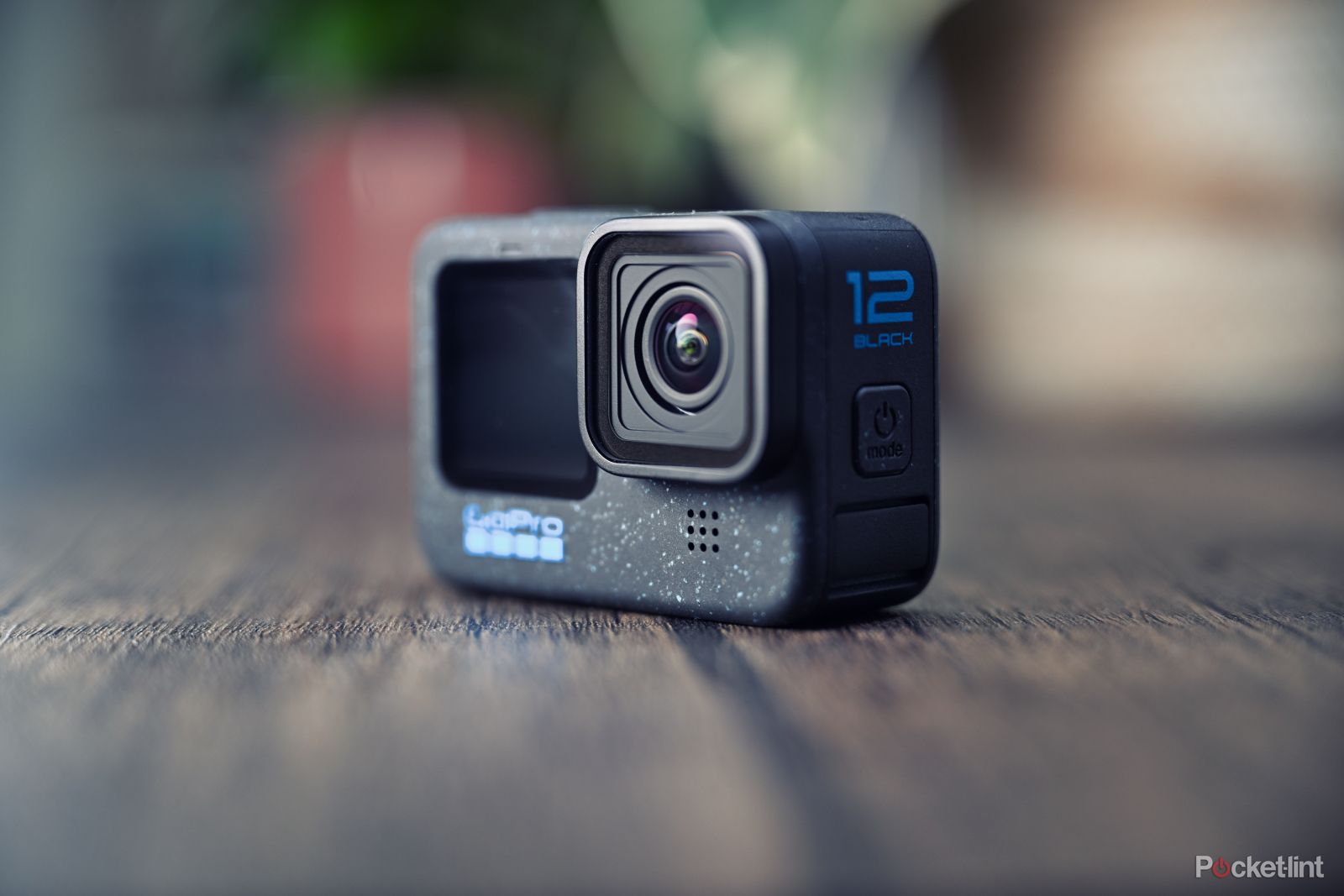
GoPro Hero 12 Black
Editor’s Choice
$349 $399 Save $50
It may not be a big upgrade over its predecessor, but it’s still the best action camera on the market regarding image quality, making it our top pick.
If you shoot a lot of nighttime footage, or even just indoors, then the Hero 12 Black is definitely not the right choice. It has a pretty tiny sensor, which works great in the daylight but really suffers at night. Low-light shooters should look to the Insta360 Ace Pro, which is the current champion of low-light shooting, offering unmatched clarity, stabilization and dynamic range when using its PureVideo mode. The DJI Action 4, with the same size sensor, is not too far behind and can currently be found at lower prices, too.
How we selected these action cameras
We’ve tested every action camera on this list, and we’ve analyzed the image quality, durability, mounting options and ease of use with each model. We consider many things when we add an action camera to our buyer’s guide, including the value for money, performance, company reputation and customer support.
We’ve taken these cameras mountain biking, swimming, and snowboarding and even strapped most of them to FPV drones. This means that we can confidently vouch for their ruggedness, waterproofing and stabilization in various challenging scenarios.
How to choose an action camera
With action cameras now coming in so many different shapes, sizes and price ranges, it can be especially difficult to find the right one for you. Before you commit to a camera, we’ve laid out some things to think about as well as explaining some of the more common features found on action cameras today.
Image stabilization
Image stabilization is one of the key things that sets the premium action cameras apart from the no-name cheaper options. When done well, it makes your footage look steady and smooth like it was shot on a gimbal – even when you’re hurtling through the woods on a mountain bike.
The big players all have their own version of this, and while some excel in certain areas over others, they all do an outstanding job. GoPro calls it HyperSmooth, Insta360 calls it FlowState, and DJI calls it RockSteady. A few short years ago, none of this was possible without external accessories, and it really opened up a whole new world for these diddy cameras.
All of these systems are capable of horizon levelling, too. This means the image will stay perfectly level when you tilt the camera off-axis; the more premium options tend to have a larger angle at which they can keep the horizon locked, whereas more entry-level cameras will have to stay fairly level for the feature to work correctly.
Resolutions and frame rates
Action cameras can now shoot at incredibly high resolutions, up to 8K. You might be thinking to yourself, “How can I even watch content of this quality when my TV is only 4K?” Well, the truth is, you probably can’t.
The reason for these high resolutions is editing flexibility. For example, if you export your video at 4K, the extra resolution allows you to crop in and reframe your footage with zero loss of quality.
The same goes for high frame rates. Almost no one wants to watch 120fps footage at full speed, but it gives you the flexibility to have incredibly smooth slow-motion shots. The higher the frame rate, the smoother the slow-mo.
It’s important to consider whether you will need the higher resolutions today. If you’ll mostly be posting on Instagram, then 5K video is total overkill and takes up a huge amount of storage space on both your SD card and hard drives. In this case, you might be able to save some money by going for the last-generation GoPro rather than the flagship, for example.
Durability
Of course, it wouldn’t be an action camera if it wasn’t durable. We want these things to be waterproof, drop-proof, and everything-proof!
As well as the general build quality of the device, it’s important to think about repairability. For example, many of the options on our list have swappable lens protectors. In the event of a smashed lens, you can unscrew the protector and replace it with a new one.
Some, like the Insta360 One RS, have the lens built-in, and the only way to repair it is to send it off to to be fixed up. It’s still very durable, but it should be considered if you’re doing something very dangerous, like slapping it outside a rally car.
Size and weight
You might not think it’s a huge deal since all the cameras are tiny, but it can make a huge difference in practice. If you’re doing something particularly challenging, the added weight on your helmet can be quite distracting. Similarly, the extra weight can dramatically throw off the flight characteristics if you’re strapping the camera to a drone or RC plane.
Of course, they’re all still lightweight and if the main purpose will be something like travel vlogging, an extra few grams isn’t likely to matter that much. It will always be handier than lugging around a DSLR, but getting the lightest and the most portable camera can often mean that it gets used more.
Trending Products

Cooler Master MasterBox Q300L Micro-ATX Tower with Magnetic Design Dust Filter, Transparent Acrylic Side Panel, Adjustable I/O & Fully Ventilated Airflow, Black (MCB-Q300L-KANN-S00)

ASUS TUF Gaming GT301 ZAKU II Edition ATX mid-Tower Compact case with Tempered Glass Side Panel, Honeycomb Front Panel, 120mm Aura Addressable RGB Fan, Headphone Hanger,360mm Radiator, Gundam Edition

ASUS TUF Gaming GT501 Mid-Tower Computer Case for up to EATX Motherboards with USB 3.0 Front Panel Cases GT501/GRY/WITH Handle

be quiet! Pure Base 500DX ATX Mid Tower PC case | ARGB | 3 Pre-Installed Pure Wings 2 Fans | Tempered Glass Window | Black | BGW37

ASUS ROG Strix Helios GX601 White Edition RGB Mid-Tower Computer Case for ATX/EATX Motherboards with tempered glass, aluminum frame, GPU braces, 420mm radiator support and Aura Sync


